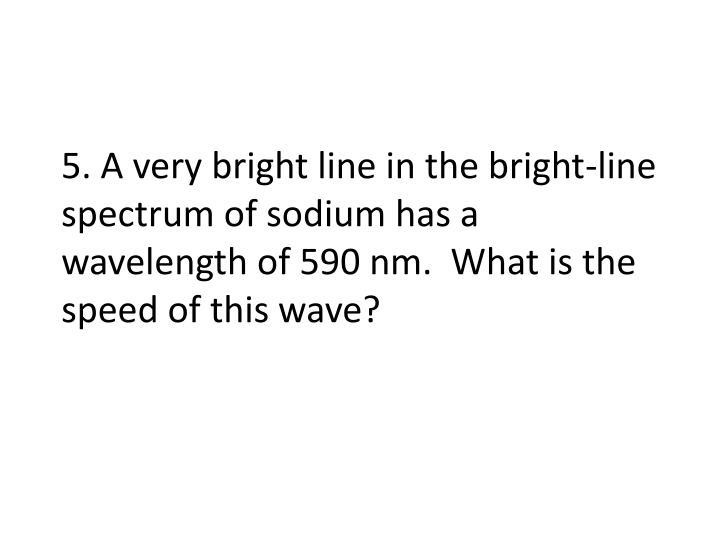

Students will record the dominant flame color observed. Your instructor will dip a looped wire into one of the solutions supplied, and then hold it in the Bunsen burner flame.

This experiment will be performed as an instructor demonstration only. In fact, flame tests were used to identify elements long before the invention of modern techniques, such as emission spectroscopy.Įxercise appropriate caution when using the Bunsen burner. As many elements will still produce distinctive colors under such conditions, simple flame tests can be used to identify these elements. This one color results from a combination of all lines of the emission spectrum, in proportion to their intensities. For example, helium gas when excited by an electrical discharge emits light that appears an orange-peach color. To the naked eye, when an element is vaporized in a flame (or an electrical discharge) the emission spectrum will appear to be just one color. Unfortunately, techniques more sophisticated than those used in this lab are required to obtain such line spectra. For example, the line spectra shown below for the elements helium and carbon are clearly quite different. The result is called a line emission spectrum, and can serve as a ‘fingerprint’ of the element to which the atoms belong. If emitted photons are in the visible region of the spectrum, they may be perceived as lines of different colors (note that photons outside the visible spectrum may also be emitted, but cannot be seen by eye). The spacing between energy levels in an atom determines the sizes of the transitions that occur, and thus the energy and wavelengths of the collection of photons emitted: However, when electrons subsequently return from higher energy levels to lower energy levels, energy is released predominantly in the form of electromagnetic radiation. The energy absorbed could be in the form of heat (as in flame tests), or electrical energy, or electromagnetic radiation. So, how does electromagnetic radiation relate to flame tests? Well, when an atom (or ion) absorbs energy, its electrons can make transitions from lower energy levels to higher energy levels. Other examples of electromagnetic radiation include X-rays, ultraviolet light, infrared light, microwaves and radio waves.
Sodium element wavelength pdf#
Differences in the wavelengths of visible light are manifested as different colors, shown in the Color Spectrum below (colors can be seen in the PDF document on-line). Visible light is the most familiar example of electromagnetic radiation.


 0 kommentar(er)
0 kommentar(er)
